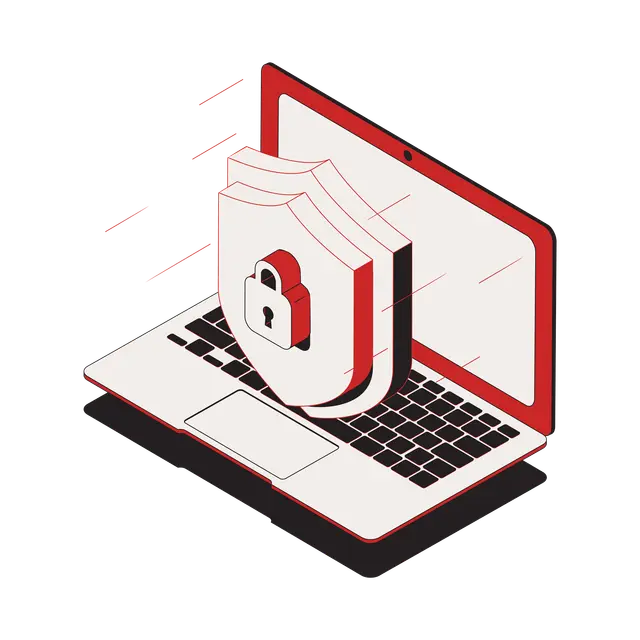Web Application Security
Secure your web applications against cyber threats to protect sensitive data and maintain user trust.
About Web Application Security
Defending Web Applications from Vulnerabilities and Attacks
Web Application Security focuses on protecting web applications from various threats, including SQL injection, cross-site scripting (XSS), and other vulnerabilities. By implementing robust security measures, this solution ensures that your applications remain secure, reliable, and compliant with security best practices. It not only defends against potential attacks but also safeguards sensitive data and maintains user trust, providing a safe environment for both users and developers.

Why Web Application Security?
The Importance of Web Application Security
Web applications are frequent targets for cyber attacks, making robust security measures essential. By implementing strong web application security, organizations can protect sensitive data, ensure consistent application functionality, and foster user trust. Effective security measures also reduce the risk of data breaches, which can have severe financial and reputational consequences. Additionally, adhering to standards like OWASP helps maintain compliance and aligns applications with best practices, enhancing overall security and resilience against evolving cyber threats.

Application vulnerability scanning

Real-time threat detection

Secure coding practices

Application firewall integration

Security testing (SAST/DAST)

Content security policies (CSP)
FAQ
Frequently Asked Questions
What types of vulnerabilities does this solution address?
Monitoring involves a wide range of threats, including malware, phishing attacks, ransomware, advanced persistent threats (APTs), and more. This comprehensive approach allows organizations to strengthen their defenses against evolving cyber risks and quickly respond to potential incidents. By continuously tracking these threats, organizations can better protect their sensitive data and maintain overall security.
How does it integrate with the development lifecycle?
Threat data is collected from global intelligence feeds, providing a broad perspective on emerging threats. This data is then analyzed using advanced machine learning algorithms combined with expert insights to ensure accurate and timely threat detection. By leveraging both automated and human analysis, organizations can quickly identify potential risks and implement effective countermeasures.
Can it protect against zero-day attacks?
Yes, it easily integrates with existing security tools, including Security Information and Event Management (SIEM) systems, endpoint protection solutions, and more. This seamless integration enhances your current infrastructure’s defenses, allowing for a more cohesive and effective security posture. By working in tandem with existing tools, organizations can maximize their threat detection and response capabilities.
What reporting capabilities are included?
You can access in-depth threat reports, trend analyses, and real-time alerts that empower you to take swift and informed action against emerging risks. These comprehensive reports provide insights into potential vulnerabilities, attack patterns, and overall security performance, enabling better decision-making. By leveraging this data, organizations can proactively strengthen their defenses and respond effectively to new threats.
Still have Questions ?
Can’t find the answer you’re looking for?
Please ping with our team
Your trusted partner in navigating the international digital landscape
Unleash the RedTeam Advantage
Worldwide
Our Latest News
Experience drives innovation. Our practical solutions empower teams to tackle cybersecurity challenges.
- By RedTeamLabs
- By RedTeamLabs
Newsletter
Keep up to date with the latest cybersecurity news and developments.

